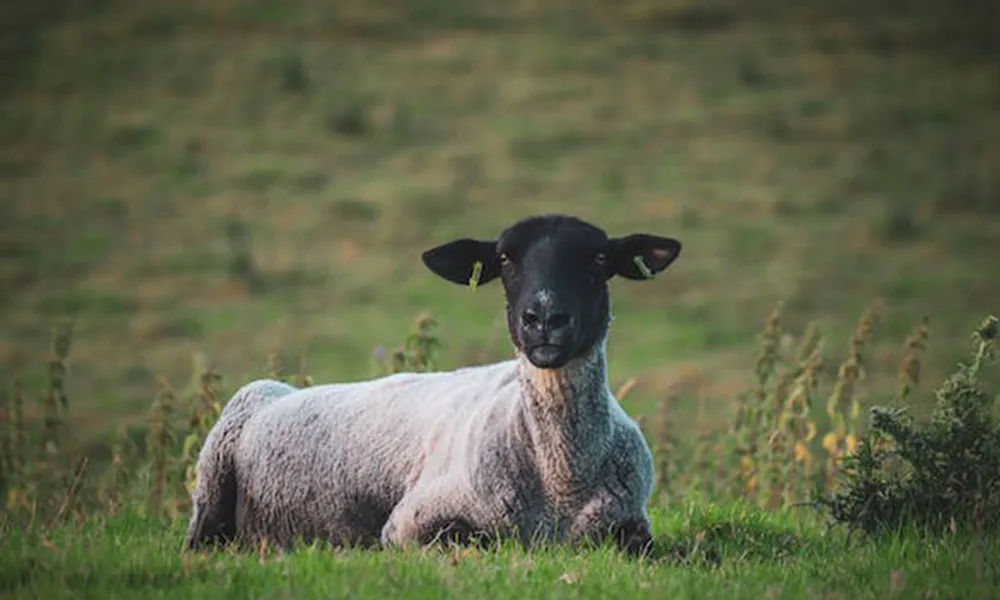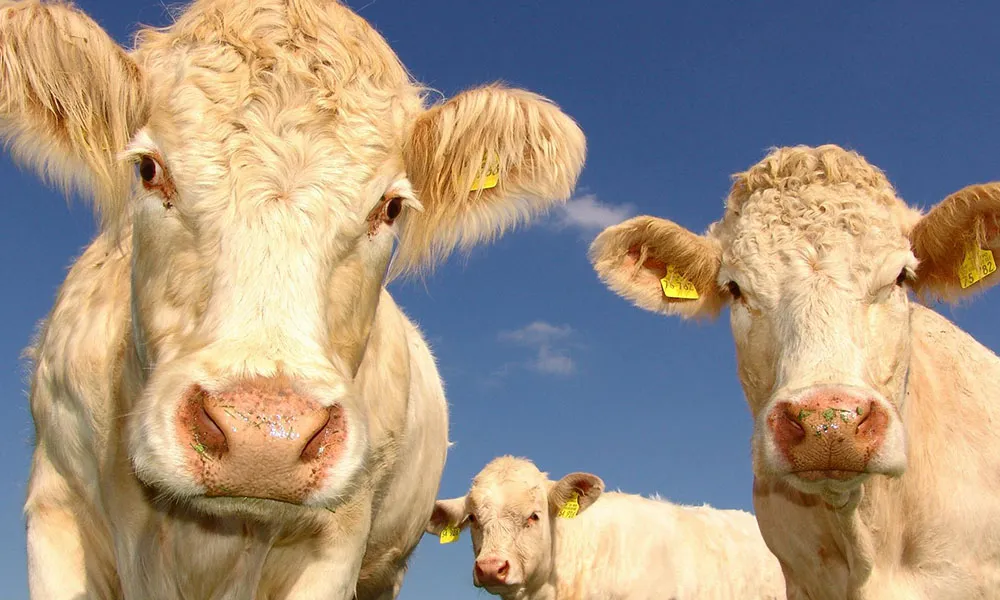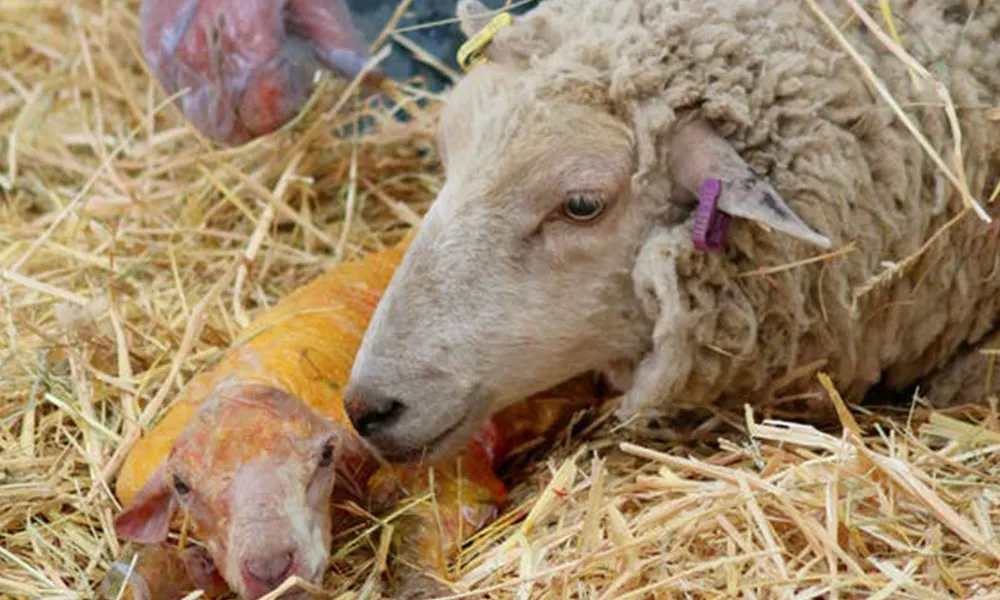
A few weeks ago, on this platform, we discussed our favourite easy-lambing sheep breeds. Prolific, easy lambers are a key part of any successful breeding plan, but most large-scale sheep farmers will rarely confine their flock to breeds like the Belclare or the Vendéen.
In reality, anyone interested in rearing fat lambs for early slaughter has to consider crossing ewes from these prolific maternal breeds with a sire from one of the popular terminal breeds. It is from lambs bred of such crosses that we can expect to make the most profit next summer.
Now, there are quite a few options available to anyone on the lookout for a good terminal sire. However, in Ireland, there are three breeds that tend to dominate. These are the Suffolk, the Texel and the Charollais. Among these, each has their own individual merits which are worth considering before making the purchase best suited to your farm.
The Suffolk
Originally bred in the 19th century by crossing Norfolk Horn ewes with Southdown rams, the Suffolk has become the quintessential terminal sheep breed in Britain and Ireland. Most studies indicate that the Suffolk has the fastest growth rate of any breed. Suffolk lambs pile on the pounds rapidly, meaning that they are ready for sale or slaughter much earlier than most other breeds. The breed delivers exceptional carcass weights.
Furthermore, Suffolks are relatively hardy for such meaty sheep. The ewes have a high milk output and a wide pelvis, making for surprisingly easy lambing. Udder problems are fairly rare in the ewes, although the breed is more susceptible to foot rot and other hoof ailments than some less weighty breeds.
Overall, though, you can’t really go wrong with the Suffolk.
The Texel
Living proof that looks aren’t everything, the Texel has gone from strength to strength in recent decades. Instantly recognisable by its bulging eyes and distinctive – if not quite attractive – square face, this breed was originally bred in the Netherlands but is now ubiquitous all over the world.
The success of the breed is attributable to the excellent quality of the meat, which makes them a butcher’s favourite. Aside from this, the Texel ewe is relatively easy on feed and will raise strong twin lambs on average quality grass. Lambs grow rapidly and achieve excellent carcass weights. Crossing a Texel ram with some of the best maternal breeds – the Leicester or the Belclare, for example – tends to yield excellent results.
If there is a downside to the Texel, it is that they seem to be quite prone to respiratory diseases. Farmers should therefore watch sheep closely for the early signs of illness and treat accordingly.
The Charollais
The only sheep breed to make it onto both our easy-lambing and terminal sheep breeds lists, the Charollais is indeed a rare gem. Originating from the Charolles and Saóne-et-Loire regions in France, the Charollais is a large sheep that is capable of thriving on both lowland and hill farms.
Even better, lambs are fine-boned and easy to flesh, boasting an excellent kill-out percentage. The Charollais ram tends to be robust and long-lived, while lambs are easily delivered and usually keen to suck.
In short, the Charollais is an excellent choice for your farm, offering a combination of easy lambing, strong lambs and very strong finishing weights.
Thanks for reading
So those are our thoughts on the top terminal sheep breeds and their various attributes. Do you have a preferred breed for terminal sires? If so, please let us know your thoughts in the comments section!











